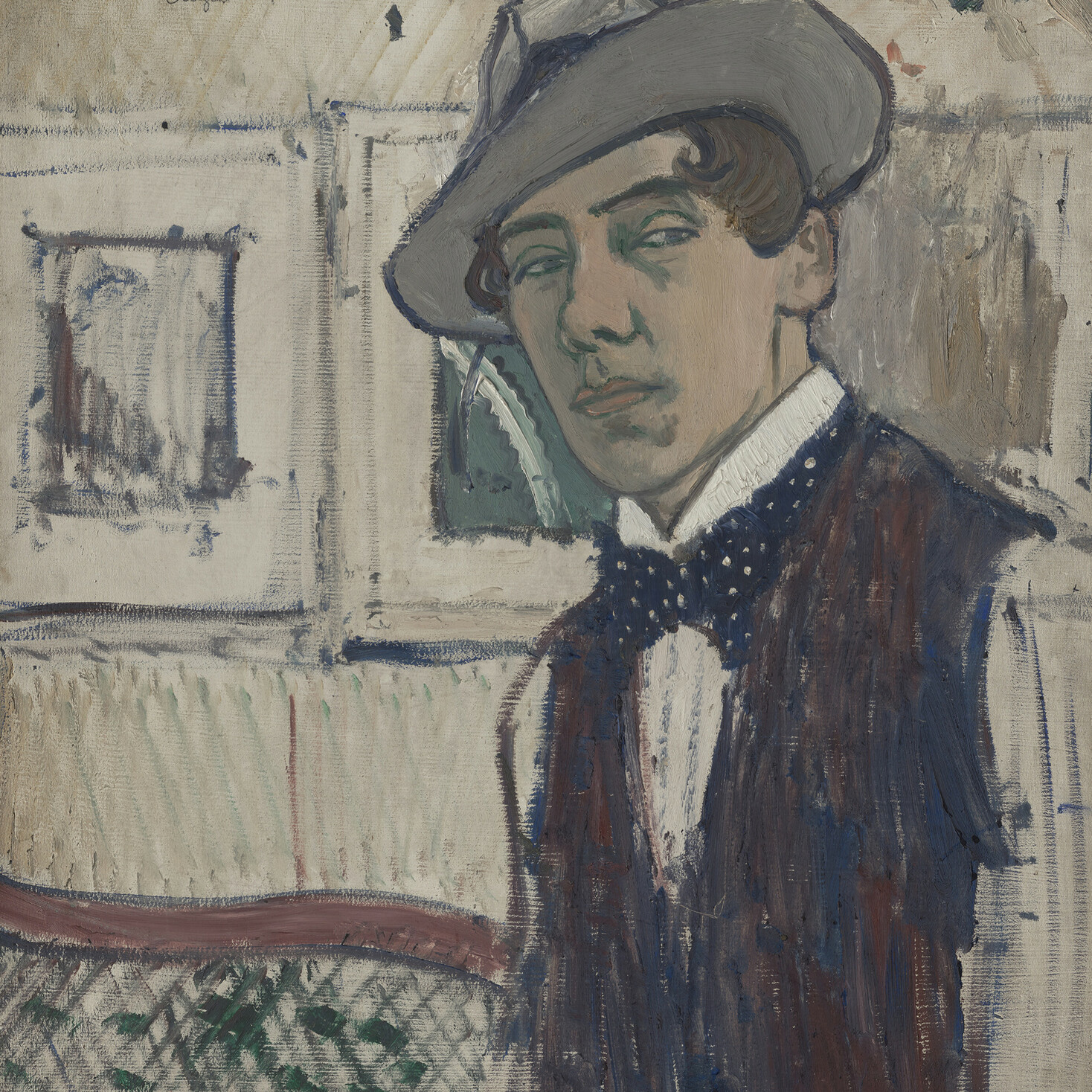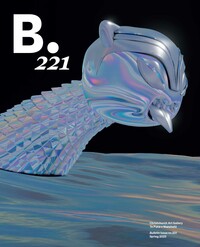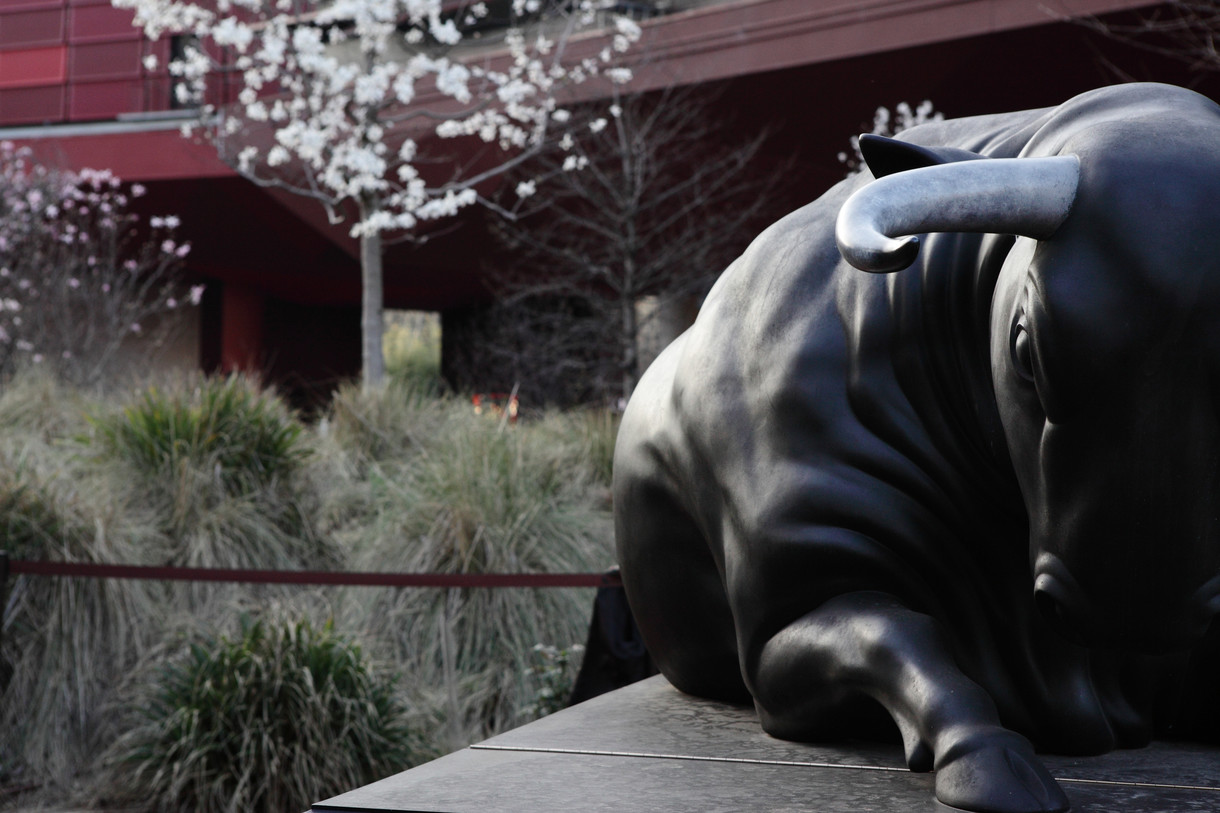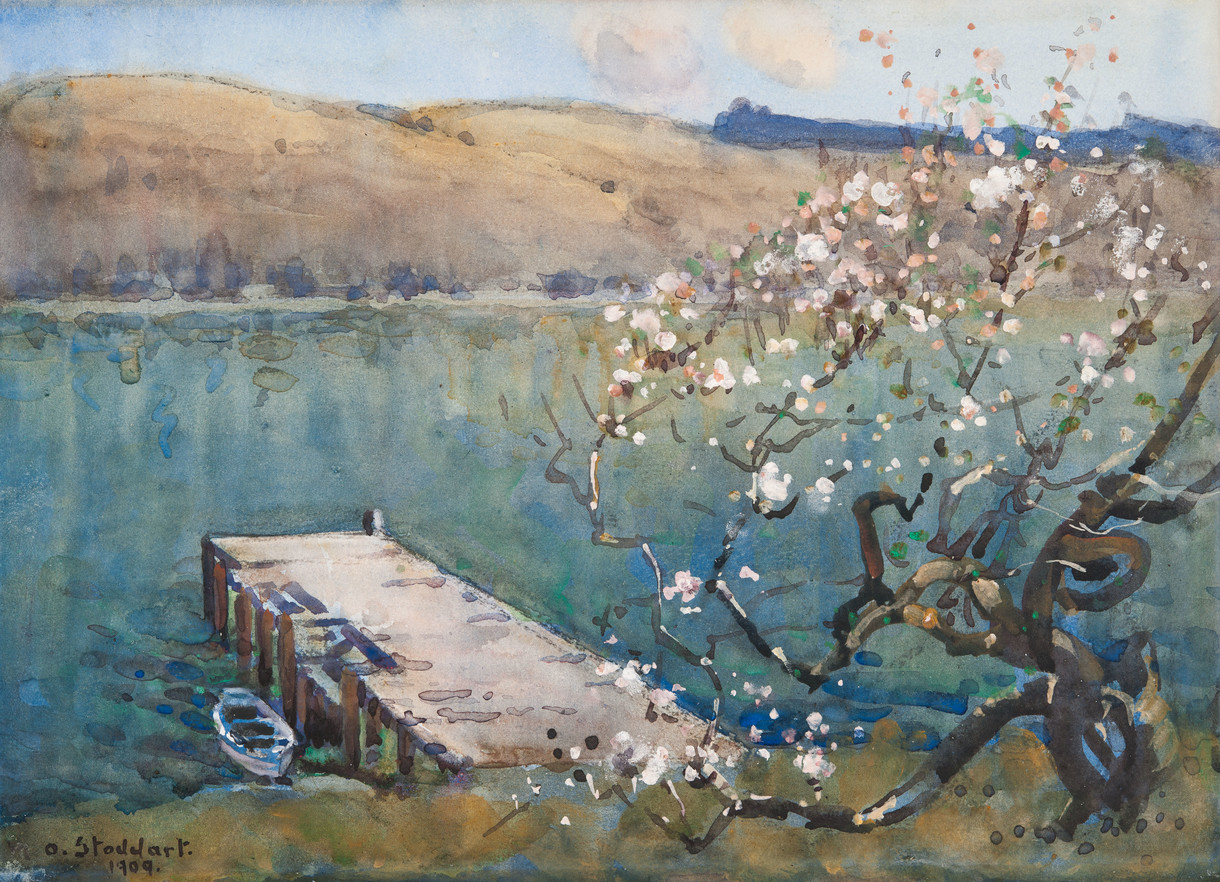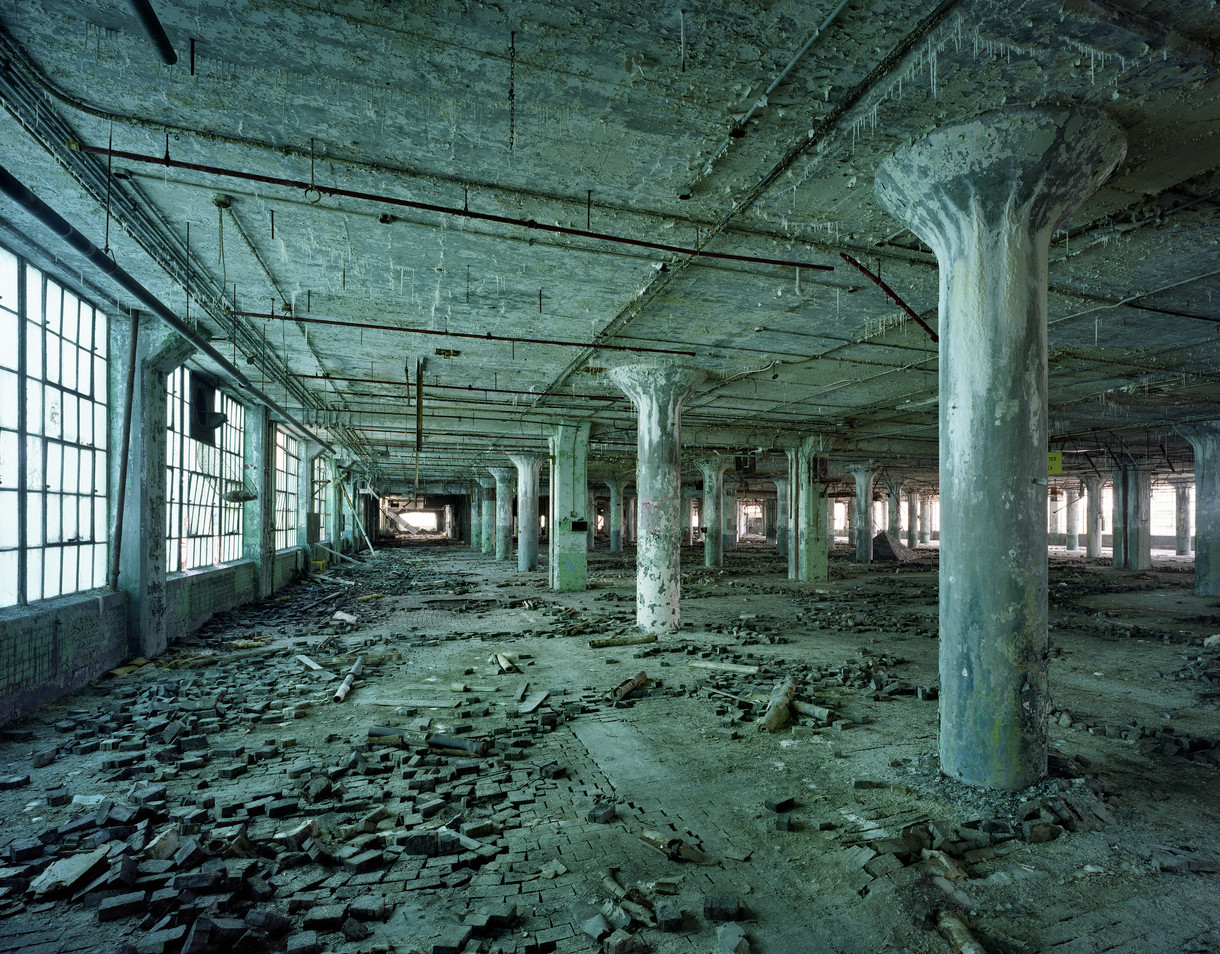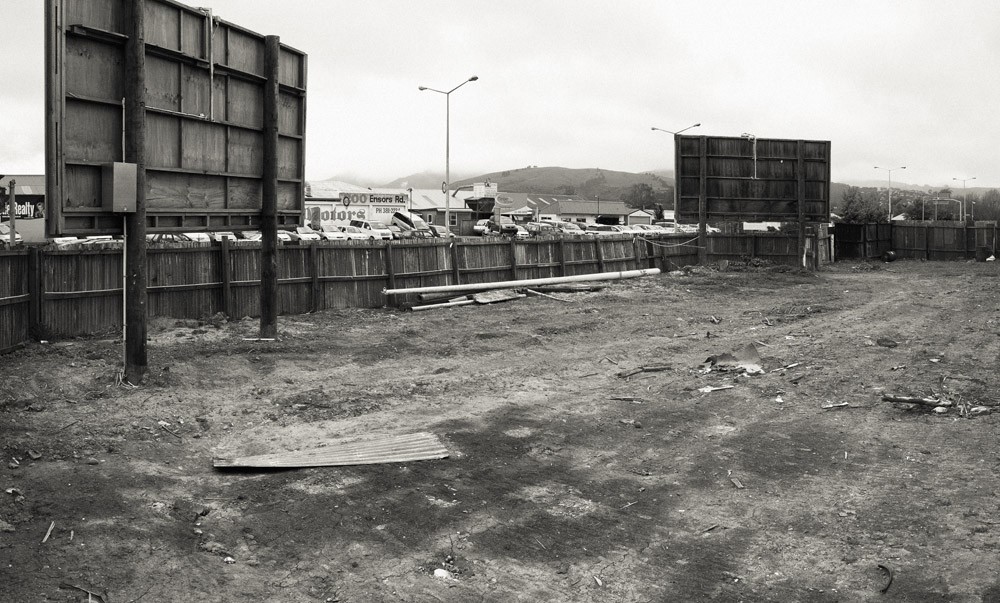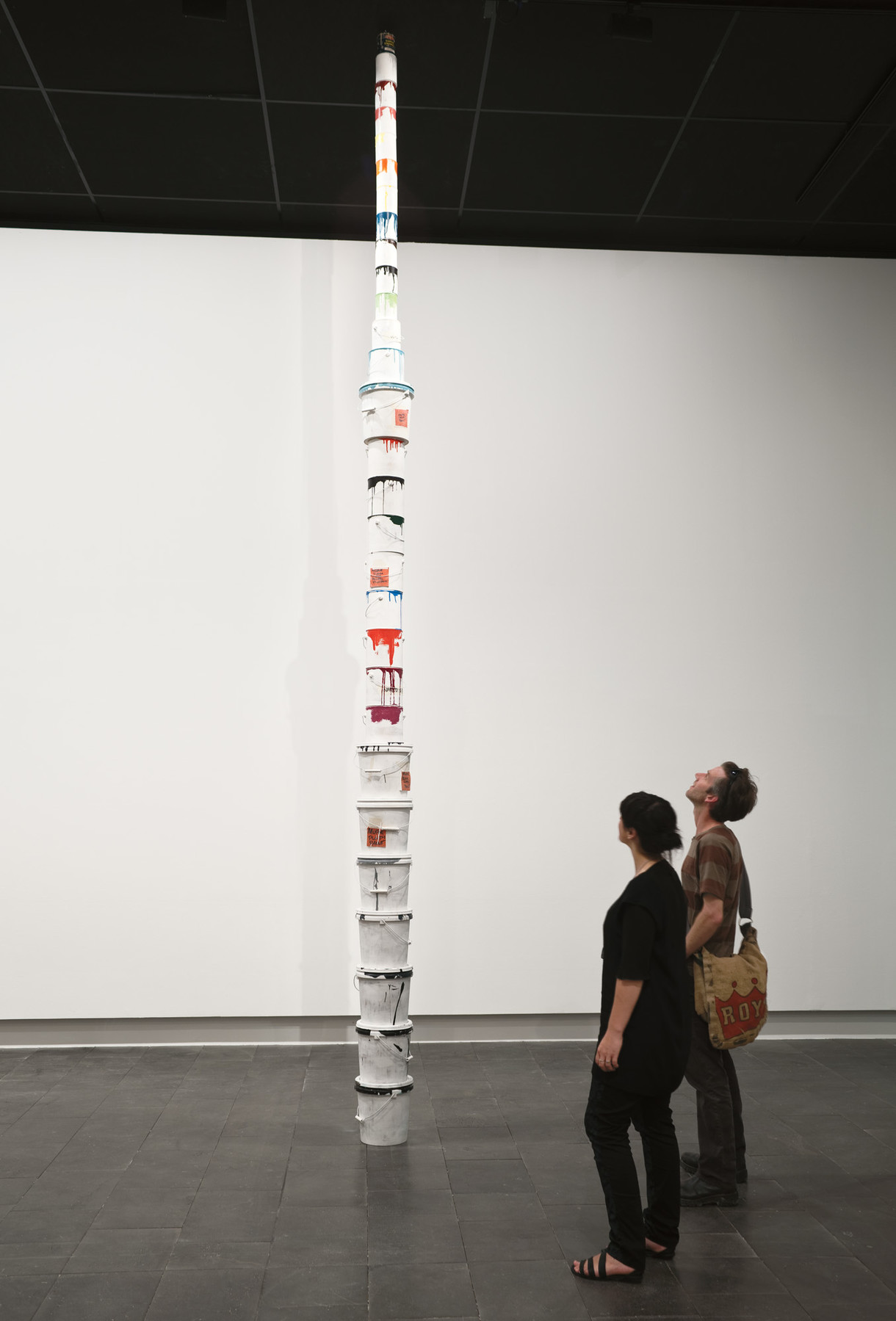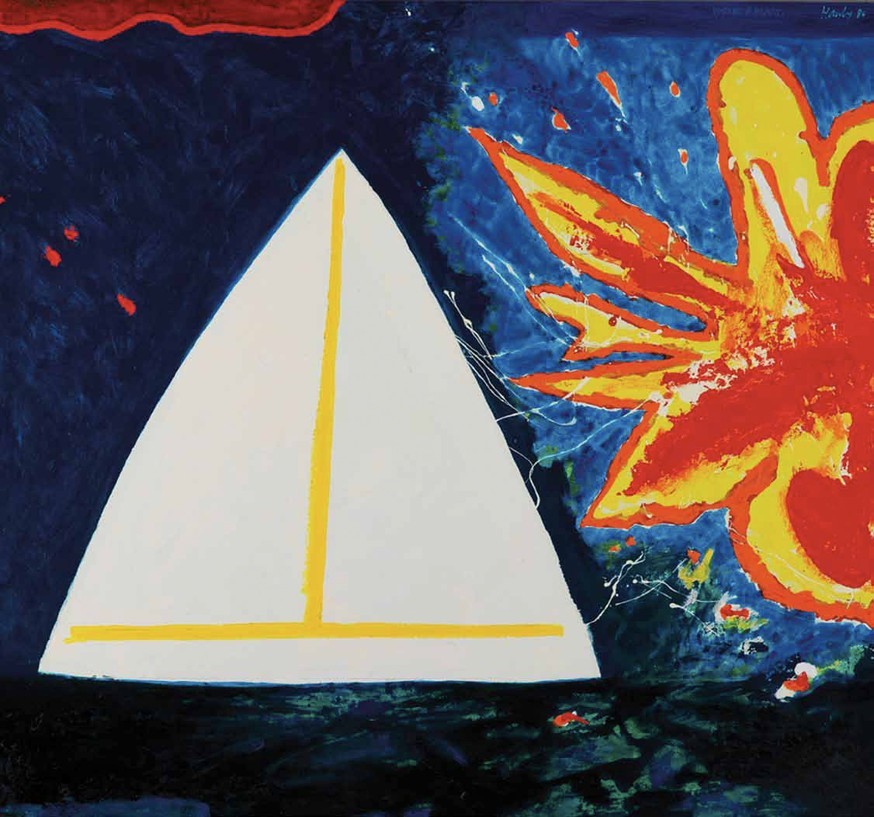Kā Kaupapa o te Wā
What’s On

Living Archives
New exhibition now open.
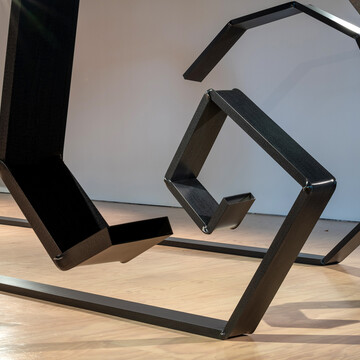
Peter Robinson: Charcoal Drawing
A roomful of industrial-scale beams folded into unexpected and compelling new forms.
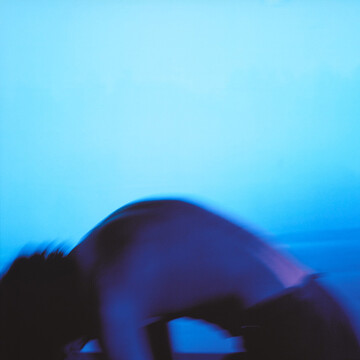
He Kapuka Oneone – A Handful of Soil
Exploring the relationship between tākata and whenua – people and land – through Aotearoa New Zealand’s art history.
E tuwhera ana te wharetoi i kā rā e 7 o te wiki, 10am - 5pm
Ka tuwhera ki te 9pm i kā pō Wenerei
Open 7 days, 10am - 5pm
Late night Wednesday until 9pm
Uruka utukore, ahokore utukore
Free entry, free wifi
